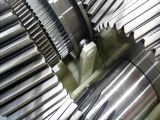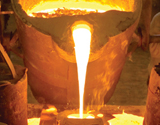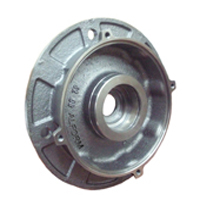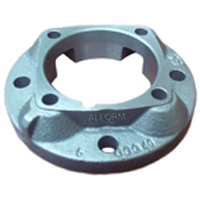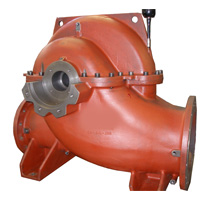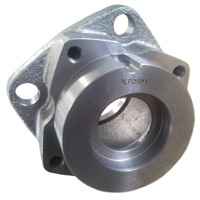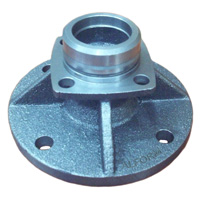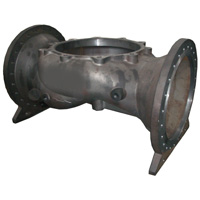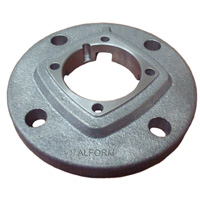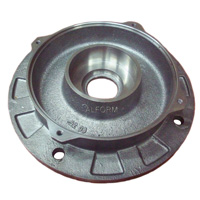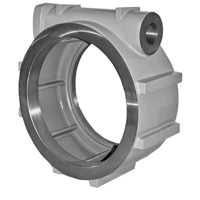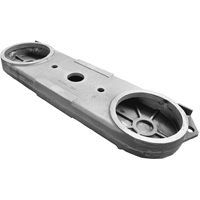Gray cast iron, spheroid cast iron and cast steel
We are partners of a large association of foundries close to our own production sites. Each of the foundries is certified and disposes of special casting possibilities and competences. Thus we are able to meet the demands of our customers in any way and always have the perfect raw part ready for the further manufacturing processes. Our casting parts will be machined by us completely and will be delivered usually ready to install and on request also with coating.
ALFORM cast parts are proven manifold and are already installed in various machines, plants, vehicles and drive systems. Piece weights app. from 0,1 kg up to 8000 kg are possible.
Download PDF-prospectus: ALFORM_Gray and spheroid cast iron and cast steel.pdf Send your inquiry with your drawing to sales@alform.de!
Spheroid cast iron
Spherioid cast iron has this name because of the geometry of the graphite and has steel-like mechanical properties. The chemical composition lies in the following magnitude: Carbon: 3.4 to 3.8% --- Silicium: 2.0 to 3.0% --- Manganese: 0.10 to 0.60% --- Sulfur: 0.003 to 0.015% --- Chrome maximally 0.10% --- copper concerning pearlitic sorts up to 1%. Because of the very good properties and the good machinability spheroid cast iron plays an important role in industry.
Gray cast iron
Gray cast iron is the most frequently used iron in the world and also oneoldest and best known iron materials. Because of the nearly unlimited possibilities in processing and shaping nearly all ideas of construction can be made real with this material. Because of this excellent basic properties gray cast iron is indispensable in the world of industrial machine-manufacturing. In chemical regard cast iron consists of the main elements iron (Fe) and the normal accompanying substances Carbon, Silicon(Si), Manganese (Mn), Phosphor (P) and Sulfur (S).
Cast steel
Cast steel joins the advantageous properties of steel with the advantages in forming of casting.The mechanic properties of steel are superior to the properties of cast-iron. Steel is weldable and plastically formable. Unalloyed cast steel consists of iron-carbon alloys with a maximum of 0,6% silicon and up to 1% of manganese. It's share of carbon of up to 0,5% determines significantly it's strength. It contains differently high shares of alloy - components like chrome, molybdenum, nickel, tungsten, vanadium and others. All usual sorts of steel can be applied, also stainless steel.

